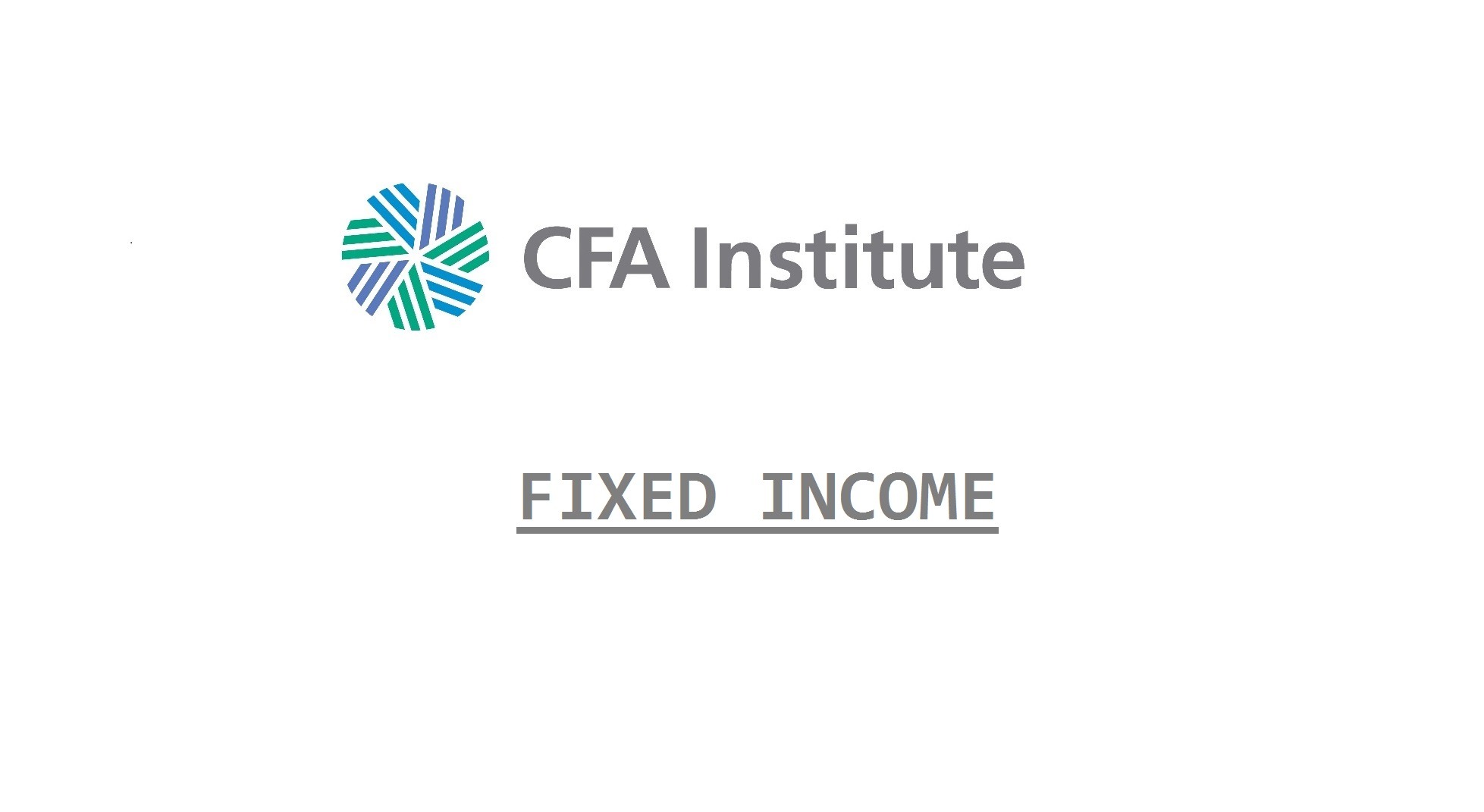Macaulay duration is the weighted average time until the cash flows of an instrument are received. That is why Macaulay duration of a zero-coupon instrument is its maturity, but Macaulay duration of a non-zero-coupon instrument is less than its maturity. The weights are based on each cash flow’s PV as a percentage of the total PV of the instrument’s cash flows (the latter being the price of the instrument).
Money duration: The first two conditions of immunization can be combined by matching money duration of the assets and liability. Money duration is the money change in value of the assets or liability for change in interest rates. It can be calculated as modified duration (MD) multiplied by the value of the item multiplied by a specified change in yield of the item. It is common to express it as basis point value (BPV):
BPV = MD × V × 0.0001 = price value of a basis point
Modified duration is Macaulay duration divided by 1 plus the periodic interest rate used to compute the cash flow PVs:
- Modified duration is the (slightly) more accurate measure of immediate price change of the instrument.
- Macaulay duration is the (slightly) more appropriate measure of time for some immunization techniques.
Portfolio Statistics
| Time | Date | Cash Flow | PV of Cash Flow | Weight | Time × Weight | Dispersion | Convexity |
|---|---|---|---|---|---|---|---|
| 0 | 15-Feb-17 | –200,052,250 | |||||
| 1 | 15-Aug-17 | 3,323,625 | 3,262,282 | 0.0163 | 0.0163 | 1.9735 | 0.0326 |
| 2 | 15-Feb-18 | 3,323,625 | 3,202,071 | 0.0160 | 0.0320 | 1.6009 | 0.0960 |
| 3 | 15-Aug-18 | 3,323,625 | 3,142,971 | 0.0157 | 0.0471 | 1.2728 | 0.1885 |
| 4 | 15-Feb-19 | 3,323,625 | 3,084,962 | 0.0154 | 0.0617 | 0.9871 | 0.3084 |
| 5 | 15-Aug-19 | 50,323,625 | 45,847,871 | 0.2292 | 1.1459 | 11.2324 | 6.8754 |
| 6 | 15-Feb-20 | 2,971,125 | 2,656,915 | 0.0133 | 0.0797 | 0.4782 | 0.5578 |
| 7 | 15-Aug-20 | 2,971,125 | 2,607,877 | 0.0130 | 0.0913 | 0.3260 | 0.7300 |
| 8 | 15-Feb-21 | 2,971,125 | 2,559,744 | 0.0128 | 0.1024 | 0.2048 | 0.9213 |
| 9 | 15-Aug-21 | 2,971,125 | 2,512,500 | 0.0126 | 0.1130 | 0.1131 | 1.1303 |
| 10 | 15-Feb-22 | 2,971,125 | 2,466,127 | 0.0123 | 0.1233 | 0.0493 | 1.3560 |
| 11 | 15-Aug-22 | 2,971,125 | 2,420,610 | 0.0121 | 0.1331 | 0.0121 | 1.5972 |
| 12 | 15-Feb-23 | 2,971,125 | 2,375,934 | 0.0119 | 0.1425 | 0.0000 | 1.8527 |
| 13 | 15-Aug-23 | 2,971,125 | 2,332,082 | 0.0117 | 0.1515 | 0.0116 | 2.1216 |
| 14 | 15-Feb-24 | 100,271,125 | 77,251,729 | 0.3862 | 5.4062 | 1.5434 | 81.0931 |
| 15 | 15-Aug-24 | 1,390,000 | 1,051,130 | 0.0053 | 0.0788 | 0.0473 | 1.2610 |
| 16 | 15-Feb-25 | 1,390,000 | 1,031,730 | 0.0052 | 0.0825 | 0.0825 | 1.4028 |
| 17 | 15-Aug-25 | 1,390,000 | 1,012,688 | 0.0051 | 0.0861 | 0.1265 | 1.5490 |
| 18 | 15-Feb-26 | 1,390,000 | 993,997 | 0.0050 | 0.0894 | 0.1788 | 1.6993 |
| 19 | 15-Aug-26 | 1,390,000 | 975,651 | 0.0049 | 0.0927 | 0.2389 | 1.8533 |
| 20 | 15-Feb-27 | 56,990,000 | 39,263,380 | 0.1963 | 3.9253 | 12.5585 | 82.4316 |
| 200,052,250 | 1.0000 | 12.0008 | 33.0378 | 189.0580 |
The sixth column is used to obtain the portfolio’s Macaulay duration. This duration statistic is the weighted average of the times to the receipt of cash flow, whereby the share of total market value for each date is the weight. Column 5 shows the weights, which are the PV of each cash flow divided by the total PV of EUR 200,052,250.
The sum of the seventh column is the portfolio dispersion statistic. Whereas Macaulay duration is the weighted average of the times to receipt of cash flow, dispersion is the weighted variance. It measures the extent to which the payments are spread out around the duration.
Portfolio statistics should be used for ALM work rather than traditional weighted average calculations based on each bond. The difference in the two approaches is determined by the shape of the yield curve:
- With a flat yield curve, there is no difference.
- In an upward-sloping yield curve, portfolio duration and IRR will be higher-than-average duration and YTM of the bonds because portfolio statistics reflect all cash flows (and return) to be received and the longer maturity bonds will impact the portfolio for a longer time.
The goal of the immunized portfolio is to earn the initial portfolio IRR, not the average YTM of the bonds. Earning the IRR means the portfolio will grow to a sufficient FV to fund the liability.
